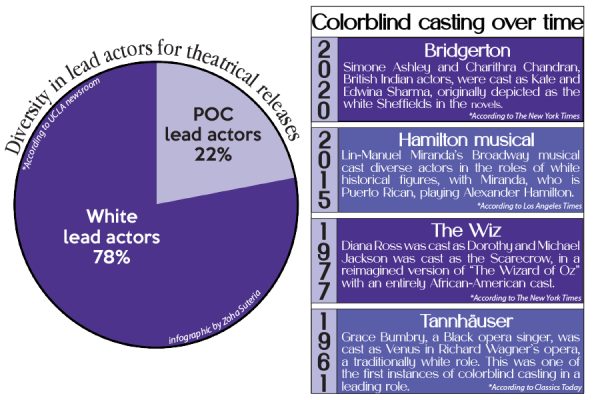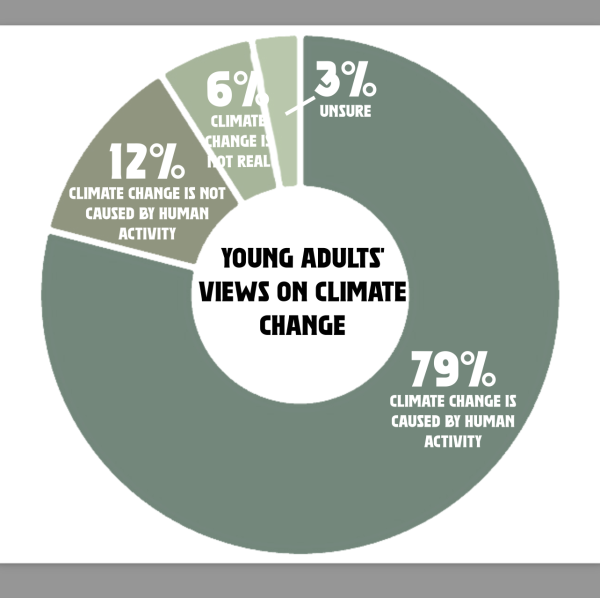A cinematic renaissance
February 17, 2023
Cinema is dying.
It’s been a prevalent topic for both the film community and audiences for years, and it’s a claim that one could very easily be swayed into believing. The “evidence” of contemporary cinema’s rumored death is usually found in a few main suspects— Marvel Studios’s Cinematic Universe is found a culprit all too often. Even acclaimed Director Martin Scorsese, in an interview with the Associated Press, proclaimed, “Cinema is gone”, and in interviews with Empire Magazine has placed some blame on Marvel’s “theme park ride” movies.
Another area of film where blame falls is on large studios, who plunder intellectual property to make franchise movie after movie, purely seeking profits. With only sequels, prequels, and trilogies, there’s been a clear drought of original and unique groundbreaking films that seems as though it might never end.
That is, unless you turn your attention to the ever growing global stage of “indie” filmmaking.
A demographic of film that usually stays silent and unnoticed, indie films have found their way to the mainstream with larger independent studios such as A24, who’ve crafted some of the most original films of the past decade. Everything Everywhere All at Once, C’mon C’mon, Uncut Gems, and Lady Bird are just a few of the notable and truly fresh films that they’ve released, but are they enough to “revive” cinema? A24 is just one company, and while it’s undeniable that they’ve helped, all the work can’t be placed upon just their shoulders.
Globally, independent filmmaking is keeping cinema alive and well.
Indie films have always kept the art of cinema flourishing. In the 80s, while action packed explosive movies filled with gun-toting all-American manly men dominated the silver screen, Director Louis Malle crafted My Dinner with Andre, where two reunited friends simply have conversations over dinner. In the 90s and 2000s, films like Ghost World, Gummo, Julien Donkey-Boy, and Nowhere all went against the conventional, and pushed the boundaries of the then mainstream definition of cinema.
In the modern day, it’s easy to see this cycle once more, but more so globally than in the U.S. One current film that perfectly encapsulates this is The Banshees of Insherin from Ireland. Directed by Martin McDonagh, its hauntingly emotional story and cinematography truly make it worthy of being described as “Cinema”. Out of South Korea, Park Chan-wook has been making independent masterpieces for years, but his 2022 film Decision to Leave is one that’s strikingly emotional and captivating. Gaspar Noé, an Argentinian filmmaker based in Paris, France, fills his independent films with rapid movement, striking colors, and saturated sound to capture a jarring, experimental experience, seen in his film Enter the Void.
Around the world, mainly outside of the U.S., independent filmmaking is taking charge of the cinematic landscape. It’s evolving to push the emotional and creative boundaries of the artform, but to mainstream audiences it takes a bit of work to find the diamonds in the rough.
But they’re there, and they’re proof that cinema was never dying in the first place.














